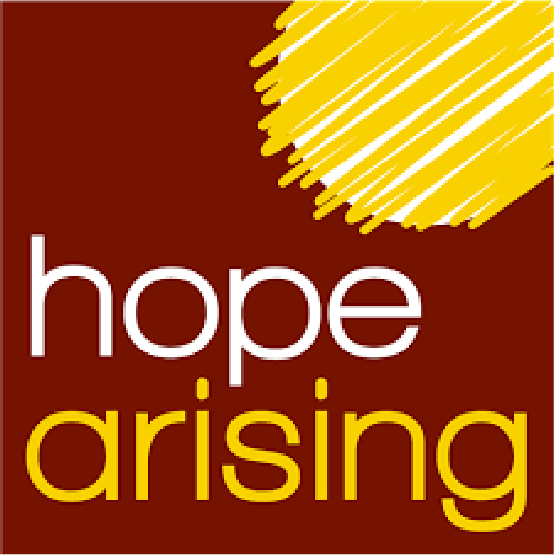
|
ORGANIZATION
Hope Arising |
|
|
INDUSTRY
Humanitarian Nonprofit |
|
|
ABOUT
Hope Arising is a non-profit dedicated to “empowering families to perpetual self-reliance” in Dera, Ethiopia– a village of about 26,000 in the central part of the country. Founded in 2007, the organization was founded on a simple premise: That each child will live healthy, gain education, and achieve economic self-reliance for a future of hope. Specifically, Hope Arising supports infrastructure projects, educational support, micro-enterprise, healthcare and sanitation training, AIDS awareness and prevention, and more. |
|
|
|
CHALLENGE
In 2007, Chantal Carr established Hope Arising, a nonprofit organization dedicated to delivering clean water to rural villagers in poverty-stricken Ethiopia. Several years after establishing Hope Arising, Carr was introduced to the work of The Forever Young Institute, an organization that helps nonprofit groups adopt the Arbinger principles and tools to improve their development, implementation, strategic planning, accountability, and overall results.
“The Arbinger tools provided the perfect solution to keep our mission on track and incorporate professional skills while retaining the humanity of our mission. Our implementation of Arbinger principles has shaped our whole culture.”
CHANTAL CARR
Cofounder and Board Member
One of the Arbinger tools Carr learned taught her that it is critical for organizations to first understand the needs of those they serve, adjust their efforts to meet those needs, and then measure their impact to ensure their efforts are actually meeting the needs of their target population.
Hope Arising was sure they understood the needs of the Ethiopian villagers: to have access to clean water. So the organization diligently worked to continually improve their ability to deliver more and more clean water to the villagers. However, after internalizing this Arbinger tool, Carr realized they had never thought about how to measure the impact of their services. While Hope Arising had gathered anecdotes about how much their efforts were appreciated, Carr was now faced with the sobering recognition that they didn’t really know whether they were meeting the needs of the Ethiopian people.
With this realization, the Hope Arising team began to systematically assess what was happening on the ground—and they discovered significant issues. They learned that the buckets the villagers brought to collect clean water from Hope Arising’s trucks were often contaminated. This meant they ended up returning with contaminated water to share with their families. In addition, local thugs often stole the villagers’ water to use for their own livestock. So, while Hope Arising was in fact delivering plentiful clean water to villages across rural Ethiopia, they discovered the villagers themselves were not actually getting clean water. They now realized that measuring their success efforts only in terms of their own output—gallons of clean water they delivered to villages—didn’t tell them whether they were really succeeding at their mission of providing clean water for Ethiopian villagers to drink.
SOLUTION
As depressing as this finding could have been, it actually energized the Hope Arising team as they realized they now had a tool that could help them better achieve their mission. Utilizing the Arbinger tool, they began looking for a way to measure the impact of what they delivered. “Given what we now know,” one team member asked, “what kind of metric would show us our impact and not just our output?”
In response, another team member asked a very interesting question: “What impact do the people want? What are they hoping clean water will do for them?” She added, “If we had answers to these kinds of questions, maybe we could figure out what we should be measuring.”
With these questions in mind, the team started talking to villagers across the region. In hut after hut they heard the same thing: “We need clean water because we need our kids to be able to go to school. When our kids are sick from dirty water, they miss school. And if kids can’t go to school, the traveling schoolteachers don’t get paid. So they move on to other villages. But if our kids don’t get educated, they’ll never escape this poverty.”
RESULTS
This was a revelation to the Hope Arising team in two ways. First of all, they had found a way to measure their impact: number of days children are in school. Measuring this would show them their impact on what mattered most to the recipients of their services, and they could easily get this data from local governments. The second revelation was this: they weren’t really in the water-delivery business; they were in the helping-kids-get-to-school business. This realization got them thinking about all kinds of ways they could be helping in addition to ensuring the delivery of clean water.
“The Arbinger tools provided the perfect solution to keep our mission on track and incorporate professional skills while retaining the humanity of our mission,” says Carr. “Our implementation of Arbinger principles has shaped our whole culture. This culture has enabled us to be flexible in our program. We have learned that you do what the people need, not what your program’s ideal is in your mind.”
